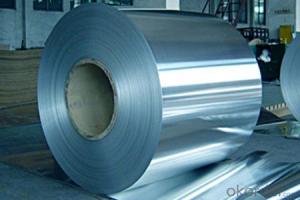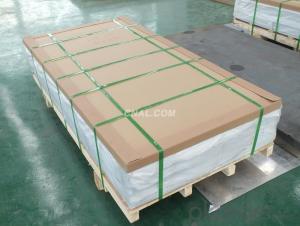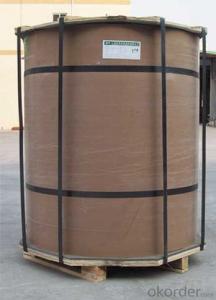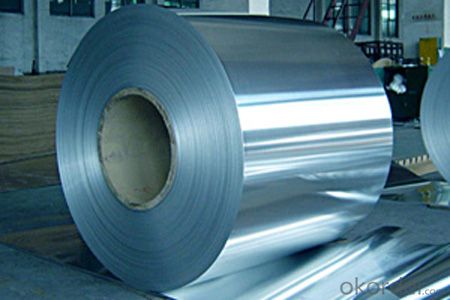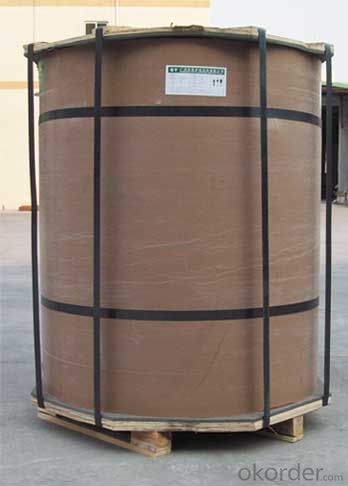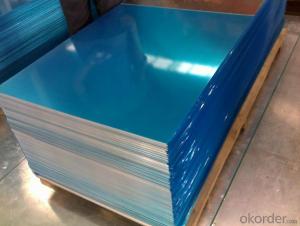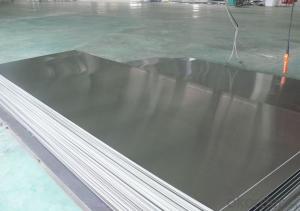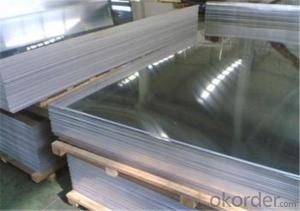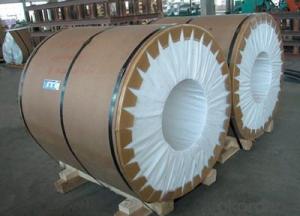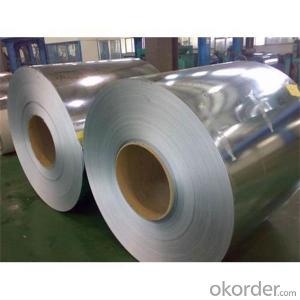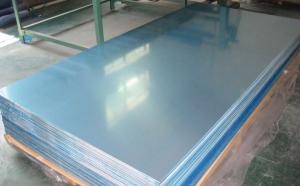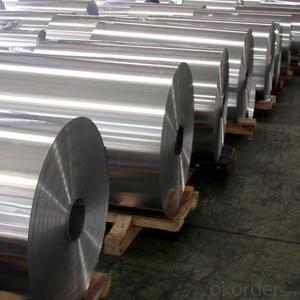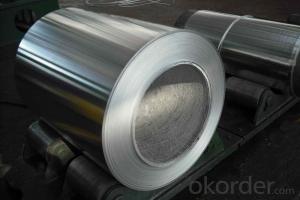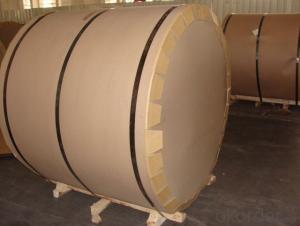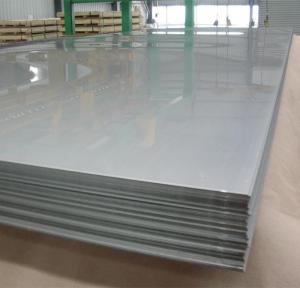Corrugated Aluminum Sheets - Hot Rolled Aluminium Coils for Cars Building AA5052
- Loading Port:
- Shanghai
- Payment Terms:
- TT OR LC
- Min Order Qty:
- 5 m.t.
- Supply Capability:
- 50000 m.t./month
OKorder Service Pledge
OKorder Financial Service
You Might Also Like
Specification
1.Structure of Hot Rolled Aluminium Coils for Cars Buidling AA5052
Hot Rolled Aluminium Coils for Cars Buidling AA5052 is one semi-finished aluminium material. This strip can be rolled down to aluminium coil,sheet,circle ect. The alloy AA1050 is widly used in building, industry ect. Its weight is much lower than steel. So many customers choosed aluminium material instead of steel.
2. Main features of Hot Rolled Aluminium Coils for Cars Buidling AA5052
a.Competitive price---We have our own mills and can produce mill finished aluminium coils, so we can control the production cost better.
b.Professional after-sale service---We have more than 15 years exportation experience and you need not worry about the exporation problems.
c.Fast delivery time---We can control the delivery time within 35 days.
3. Image of Hot Rolled Aluminium Coils for Cars Buidling AA5052
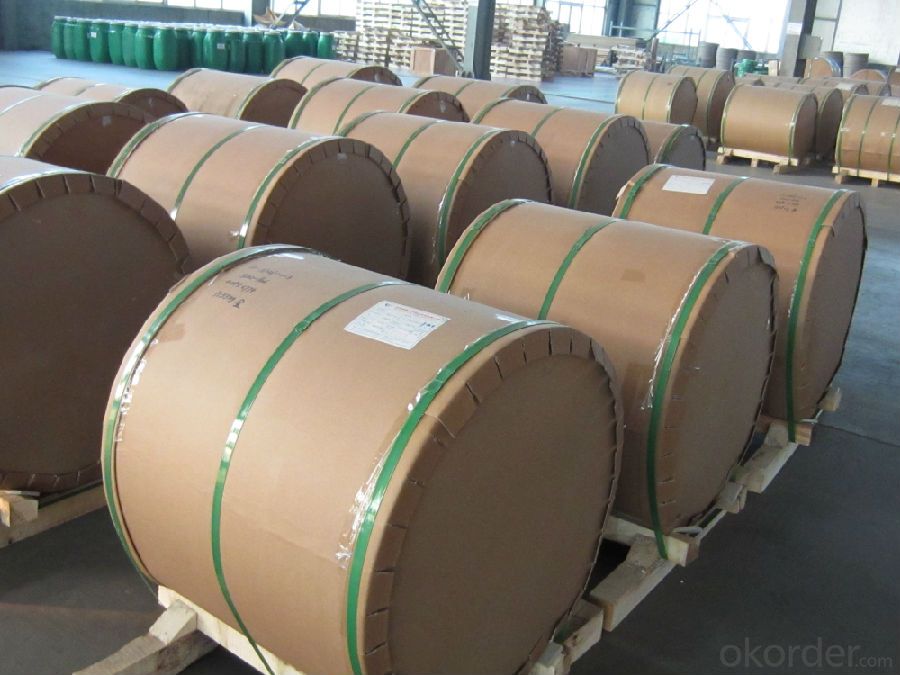
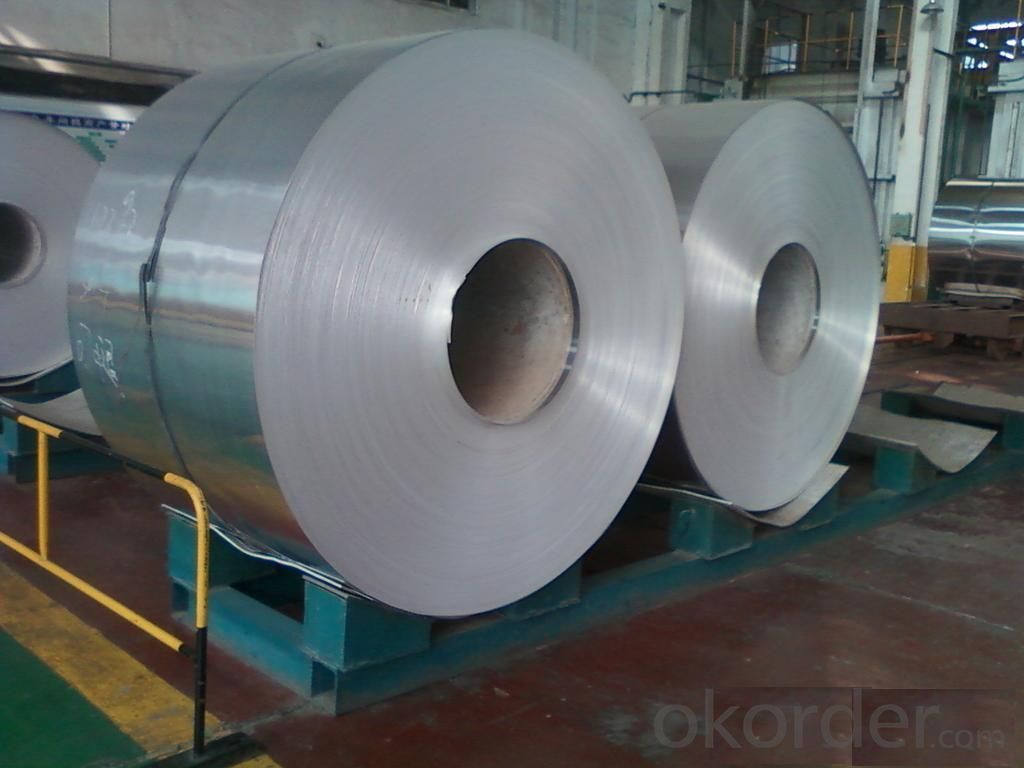
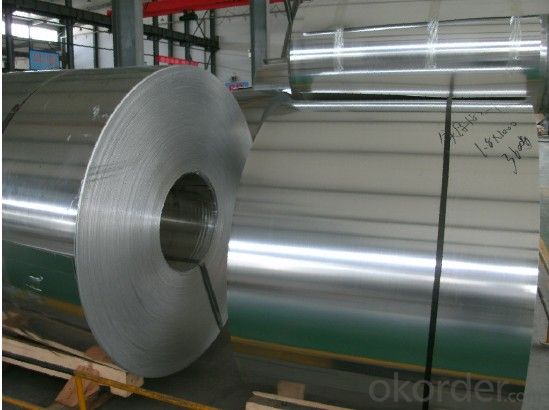
4. Product Specification
| Alloy | Temper | Thickness | Width | Weight |
| AA5052 | H14 | 0.2MM-3MM | 1000MM-1800MM | 2 TONS |
5.FAQ:
What is the quality standard?
---Usually our standard is GB3880-2006
What is the largest width?
---It is 2300mm
What is the MOQ?
---Usually we can accept 80 tons.
- Q: What are the maximum dimensions available for aluminum sheets?
- The maximum dimensions available for aluminum sheets depend on various factors such as the manufacturing process, supplier capabilities, and customer requirements. However, standard aluminum sheet sizes typically range from 0.02 inches (0.5 mm) to 0.25 inches (6.35 mm) in thickness, and widths can vary from 24 inches (609.6 mm) to 72 inches (1828.8 mm). The length of aluminum sheets can generally reach up to 144 inches (3657.6 mm). It is important to note that these dimensions may vary depending on the specific supplier or manufacturer, and custom sizes can be produced based on individual needs.
- Q: This question asks about the various colors and finishes that can be applied to aluminum sheets.
- <p>Aluminum sheets are available in a wide range of colors and finishes, offering versatility for various applications. Common colors include silver, white, black, and bronze, but they can also be anodized or painted to achieve virtually any color. Finishes can be smooth, brushed, or embossed, with options like matte, satin, and gloss. Additionally, there are specialty finishes like mirror-like polished, hammered, and wood grain textures. The choice of color and finish depends on the specific requirements of the project, such as aesthetics, durability, and resistance to environmental factors.</p>
- Q: I have heard that drinking from aluminum cans is bad for our health. However, I have learned that today's 'aluminum' cans are actually more like a plastic can due to all the coatings, etc. Do we really have any risks associated with regular cans?
- Aluminum cans have a thin plastic lining. This lining prevents the leeching of aluminum into the liquid it contains. The big health scare over aluminum was over research done on Alzheimer's disease. Autopsies revealed a higher concentration of aluminum in the brain of some patients with Alzheimer's. It is unknown whether aluminum was a possible culprit, or the diseased tissue for some reason just held onto more aluminum. Further research has not been able to duplicate these results; autopsies of some patients show no increased levels of aluminum. [1], [2], [3], [4] Aluminum toxicity is rare and usually found in patients with renal failure. [5] The amount of aluminum you would be exposed to even if cans were not coated wouldn't cause you any harm.
- Q: What is the tensile strength of aluminum sheets?
- The tensile strength of aluminum sheets may differ based on the specific alloy and temper of the material. On average, aluminum sheets generally exhibit a tensile strength between 10,000 and 45,000 pounds per square inch (psi). It should be noted that the tensile strength of aluminum sheets varies depending on the grade and thickness. Moreover, factors like heat treatment, processing, and alloy composition can influence the tensile strength of aluminum sheets. Hence, consulting the manufacturer's specifications or conducting specific tests becomes necessary to ascertain the exact tensile strength of a particular aluminum sheet.
- Q: How do you prevent warping of aluminum sheets during bending?
- One way to prevent warping of aluminum sheets during bending is by using proper techniques and tools. This includes using the correct bending radius, ensuring even distribution of pressure along the sheet, and employing a suitable clamping method to hold the sheet in place during the bending process. Additionally, preheating the aluminum sheet can help to reduce the likelihood of warping.
- Q: What are the various types of insulation materials that can be combined with aluminum sheets for thermal or acoustic insulation purposes?
- <p>There are several types of insulation that can be used in conjunction with aluminum sheets, including: 1. Polyurethane foam, which provides excellent thermal insulation and can be bonded to aluminum sheets. 2. Mineral wool, a fire-resistant material that offers both thermal and acoustic insulation. 3. Polyisocyanurate, known for its high R-value and can be laminated to aluminum for added strength. 4. Extruded polystyrene, which is lightweight and provides good thermal resistance. 5. Fiberglass, a versatile insulation material that can be combined with aluminum for various applications. Each type has its specific properties and applications, making them suitable for different environments and insulation needs.</p>
- Q: Are aluminum sheets suitable for use in cryogenic environments?
- Yes, aluminum sheets are suitable for use in cryogenic environments. Aluminum has excellent thermal conductivity, low density, and good mechanical properties at low temperatures, making it an ideal choice for applications in cryogenic environments. Additionally, aluminum has a low coefficient of thermal expansion, which allows it to maintain its structural integrity even under extreme temperature fluctuations.
- Q: Are aluminum sheets suitable for thermal insulation?
- No, aluminum sheets are not suitable for thermal insulation on their own. While aluminum is a good conductor of heat and electricity, it does not have good insulating properties. In fact, aluminum sheets can actually transfer heat instead of blocking it, making them ineffective for thermal insulation purposes. For proper thermal insulation, materials with low thermal conductivity, such as fiberglass, mineral wool, or foam boards, are commonly used. These materials are designed to trap air or create a barrier that reduces the transfer of heat, ensuring effective insulation.
- Q: Can aluminum sheets be used for aircraft manufacturing?
- Yes, aluminum sheets are commonly used for aircraft manufacturing. Aluminum is a lightweight and corrosion-resistant material, making it an ideal choice for constructing various components of an aircraft. It is strong enough to withstand the stresses and strains experienced during flight, while also being malleable enough to be formed into various shapes and sizes. Additionally, aluminum sheets can be easily joined together using various welding techniques, allowing for efficient and effective assembly of aircraft structures. Overall, the use of aluminum sheets in aircraft manufacturing helps to ensure a balance between strength, weight, and durability, making it a preferred material in the aerospace industry.
- Q: This question asks for a list of various types of aluminum profiles that are typically used in conjunction with aluminum sheets.
- <p>Aluminum profiles are extruded shapes commonly used with aluminum sheets for various applications. The different types include: 1. Angle profiles, which are used for corners and edges. 2. Channel profiles, suitable for creating channels or frames. 3. T-slot profiles, ideal for modular systems requiring adjustable components. 4. U-channel profiles, used for covering edges and creating frames. 5. H-profiles, often used in structural applications. 6. Flat bar profiles, used for simple straight edges. 7. Round and square tube profiles, used for structural support and design elements. 8. Special profiles, which are custom-made for specific applications. These profiles are chosen based on the structural needs and design requirements of the project.</p>
Send your message to us
Corrugated Aluminum Sheets - Hot Rolled Aluminium Coils for Cars Building AA5052
- Loading Port:
- Shanghai
- Payment Terms:
- TT OR LC
- Min Order Qty:
- 5 m.t.
- Supply Capability:
- 50000 m.t./month
OKorder Service Pledge
OKorder Financial Service
Similar products
Hot products
Hot Searches
Related keywords
